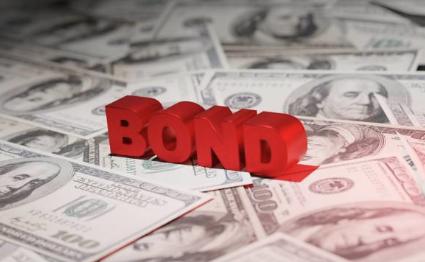For decades, U.S. government bonds have been viewed as the ultimate safe asset—a trusted refuge during times of global uncertainty. Investors have long turned to Treasuries confident that, regardless of the headlines, U.S. fixed income markets would remain stable and dependable.
That long-held assumption was tested earlier this month. The yield on the benchmark 10-year Treasury surged from 4.0% to 4.5% within a week—the sharpest move in more than two decades. Importantly, this was not driven by strong economic growth or inflation fears, but by a broader reassessment of U.S. sovereign risk amid newly announced U.S. trade policies.
The implications are broad and serious. Treasury yields set the benchmark for borrowing costs across the economy, influencing everything from consumer mortgage rates to corporate bond pricing to financing the federal debt. Higher Treasury yields translate to higher costs for consumers, businesses, and the federal government.
Further, investor concerns in April have not been isolated to bond markets. Following the initial tariff announcements, U.S. equity markets experienced sharp declines, and the dollar weakened even though tariffs would typically be expected to strengthen it. This unusual combination—rising yields, falling equities, and a weakening currency—points to growing unease about the broader trajectory of U.S. economic policy.
In fact, rising volatility in Treasury markets and the unexpected weakness of the dollar have raised broader fears of a potential financial realignment away from U.S. shores, as some investors begin to shift capital toward Europe and other alternatives.
While some portion of the bond sell-off was driven by unwinding of the “carry trade” and other technical market factors—such as hedge funds reducing risk exposure after volatile moves —the underlying concern is harder to dismiss. As The New York Times reported, Treasuries are increasingly being perceived less as unquestioned safe-haven assets and more as securities sensitive to policy uncertainty and broader economic volatility.
If the U.S. loses even a portion of its longstanding “safety premium,” the consequences would extend far beyond Washington’s borrowing costs. Historically, relatively low Treasury yields have helped support American consumers through affordable mortgages and financing, and fueled corporate borrowing and investment. Higher long-term rates could weigh on economic activity, business expansion, and asset valuations, eroding some of the competitive advantages the U.S. has enjoyed for decades.
Confidence is the cornerstone of financial systems. The recent moves in the 10-year Treasury market may not signal a structural break—but they do serve as a clear reminder that even long-established advantages must be carefully maintained. Investors—and policymakers—are wise to pay attention.
Read the full article here

